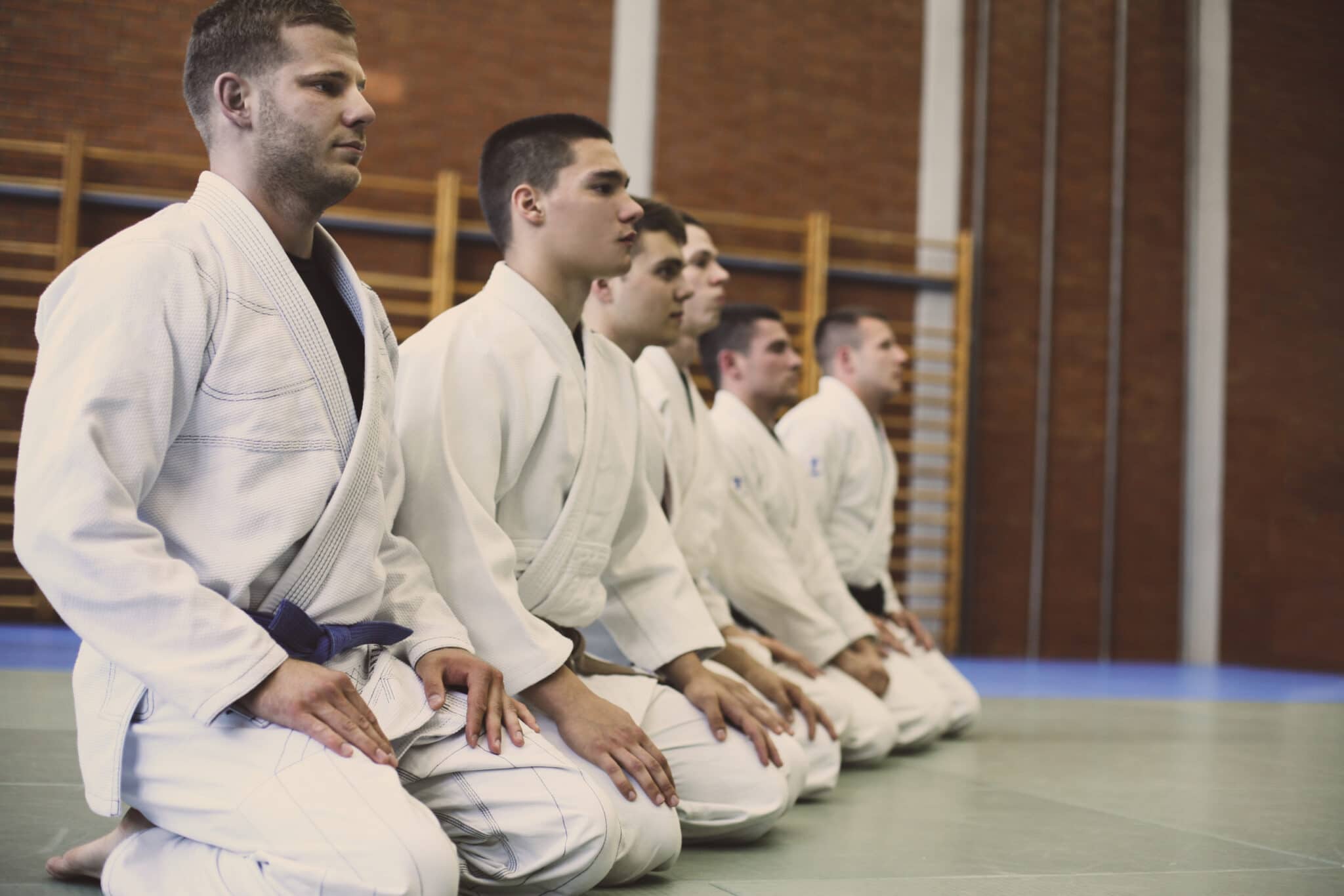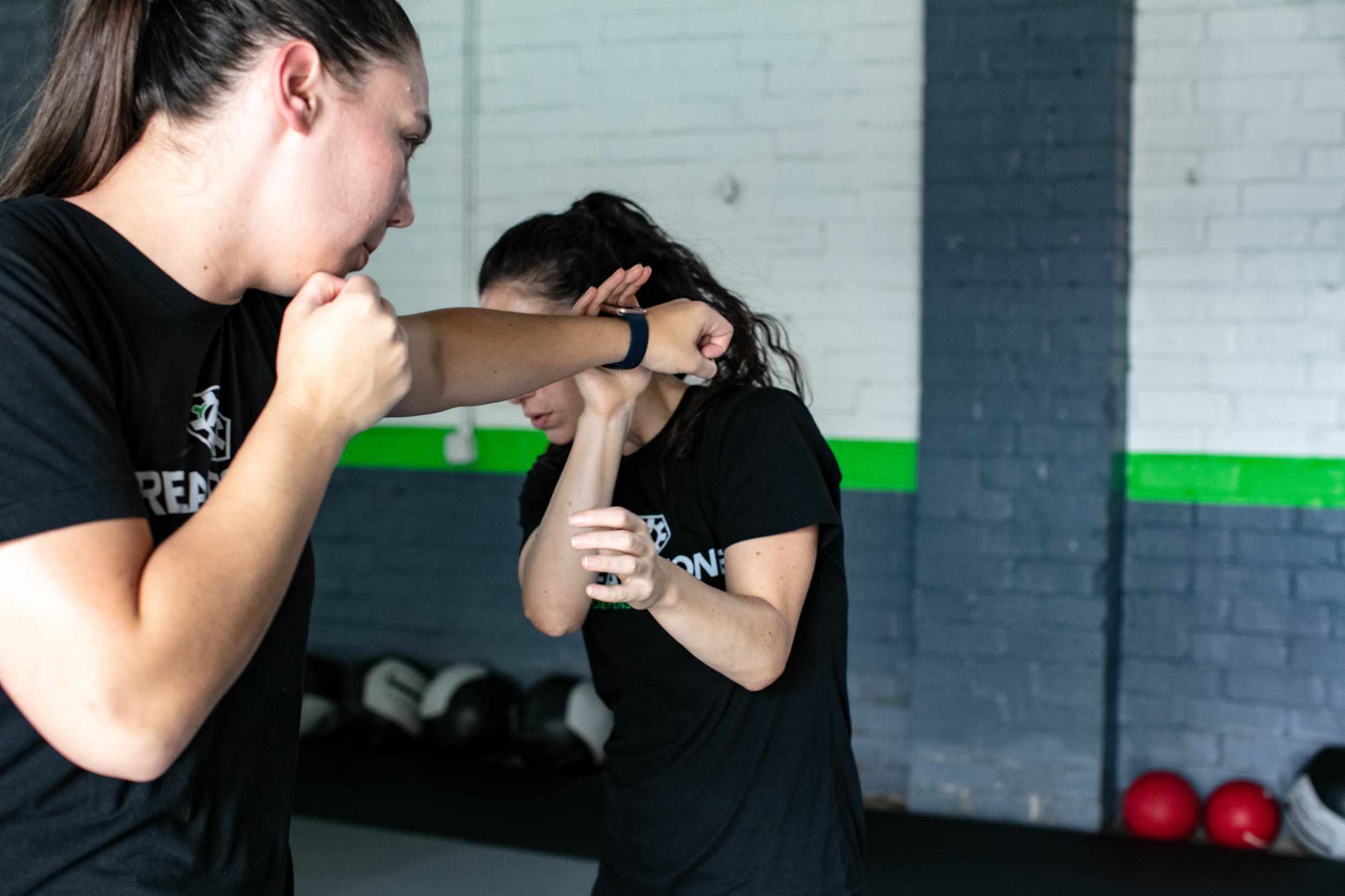By: Jeremy Brown (Treadstone Defensive Tactics)
Dry Training is a very underutilized yet important training tool. There are several things that we have to stress before we get too far into this discussion.
SAFETY. SAFETY. SAFETY!!!!!!!!
The firearms safety rules apply at all times
- Treat all guns as if they are loaded.
- Never point your muzzle at anything you are not willing to destroy.
- Know your target, what’s in front of it and what’s behind it (visible or not visible: ie: behind walls).
- Keep your finger off the trigger until your sights are on target and you are ready to shoot.
To begin dry training you need to prepare the environment for your training.
- Make sure there are no other weapons in the training area.
- Make sure you unload your gun. Repeat the unloading process 3 times (If you are interrupted at any stage you must start again from the beginning).
- Make sure you clear your gun in a safe location. An empty ammo can, filled with sand and placed on the floor against an exterior wall, makes for a good unloading place
- There can be no ammo present during dry training. Take your ammo out of the training area and verify at least 3 times that none of you magazines or pockets have ammo in them.
- Make sure your training area is private. You do not want your neighbors calling the cops because they saw a gunman in your house or garage.
If you feel that I have missed a safety rule, ADD IT TO YOUR CHECK LIST!!!
Now we can talk about dry training. Dry training is using an empty gun to train. Most of our fundamentals and tactics can be trained dry. There are several things that we need to consider when dry training. Two of these are:
- Safety, again is the first concern (See above)
- Quality of our training
- Realism.
- Specificity.
- Maximizing good habits (muscle memory).
- Minimizing bad habits.
Here are my ProTips for dry training:
- Buy and use a barrel plug (this is a plastic rod that fits inside your barrel and makes it so that you can not load a round into it).
- Plan your training session.
- Be deliberate and think about each drill.
- Ask yourself, what good habits does this drill create?
- Ask yourself, what bad habits does it create?
- What drills can I add afterwards to unwrite those bad habits?
- Video yourself training.
- Do everything as if it were real.
- Grip the gun with the same force that you would if it were firing live rounds.
- Scan, move, finish off the scenario (FAKE phone call to 911 etc.)
- If you mess up don’t stop and reset, finish the drill- then go back and fix it.
- Do not be afraid to scrap the rest of your plan, if you need to focus on a specific element that you are struggling with. So often my training session will dictate what I really need to work on.
- Spend 80% of your gun training- Dry training!!
Over the years, I’ve seen that people really like to hear, feel, and experience a gun going BANG. Often dry training gets passed up because it is viewed as boring (See ProTip: Train like a Professional). You can gain so much from dry training – and it’s free!!!
Train Hard and Be Safe!
Jeremy

